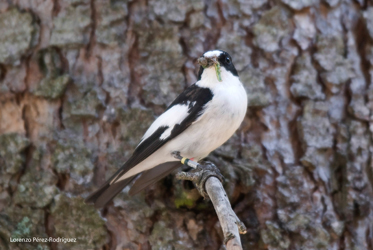Many theoretical models on the evolution of nestling begging assume this behavior is costly, so that only nestlings in real need of food would profit from giving intensive signals to parents. However, evidence accumulated for the last 2 decades is either contradictory (growth costs) or scant (immunological cost). Here, the existence of both costs is experimentally tested in pied flycatcher nestlings, a species in which parents appropriately respond to honest begging signals. Nestlings were paired by nest of origin and similar body mass. In each pair, a nestling was forced to beg for 51s/meal, whereas the other begged for only 3.4s/meal, both receiving the same amount of food. Simultaneously, the nestling immune response to an antigen (phytohemagglutinin) was measured. Experimental nestlings showed reduced immunocompetence compared with control chicks, which in this species could be regarded as a genuine direct cost. High-begging nestlings also gained less mass during the daylight activity hours. However, they lost less mass while resting at night, resulting in similar mass gains for both groups across the whole daily cycle. This suggests that negative effects of excess begging on mass gain can be compensated for by nestlings, thus avoiding the negative fitness consequences (i.e., cost) of a retarded growth. Mixed results found in previous studies may reflect interspecific differences in compensatory changes in mass gain. But if such differences do not map into fitness consequences, they may be of little help to answer the question of whether begging entails direct growth costs. Redondo et al (2016) Pied flycatcher nestlings incur immunological but not growth begging costs. Behav Ecol doi: 10.1093/beheco/arw045
http://beheco.oxfordjournals.org/content/early/2016/04/08/beheco.arw045.abstract?keytype=ref&ijkey=yWq6I8LCzowWIzD








 Las altas temperaturas están provocando que las lagunas y las marismas de Doñana pierdan agua rápidamente
Las altas temperaturas están provocando que las lagunas y las marismas de Doñana pierdan agua rápidamente



